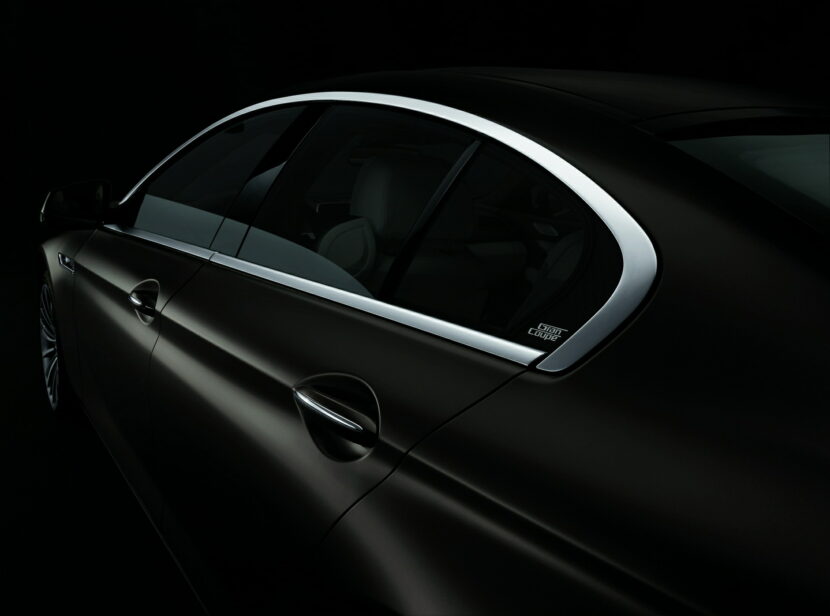“Hofmeister Kink” is one of the most common used words when describing the details of a BMW exterior design. But how many of us do really know what it means or the history behind it? Let’s shed some light on this. The kink was first time seen on the 1961 BMW 1500. The kink describes the bend at the C-Pillar, representing a turn in the window lines that separates the rear side windows from the rear glass. The Hofmeister Kink design cue was carried through the BMW lineup and it soon became associated with the brand.

It is sometimes mistakenly translated as “Hofmeister kick” by dropping the “n” letter from the German “Hofmeister Knick” that denotes the side window design element. It is, as well, wrong to spell it with double “f” letters instead of a single one. The Hofmeister kink derives its title from the name of its creator, Wilhelm Hofmeister, who led the BMW design department between 1955 and 1970, an era of profound identity transformation for the Bavarian constructor. Hofmeister was succeeded by another famous designer: Paul Bracq, who previously led the Mercedes-Benz styling department and was responsible of the popular “/8” series (“Stroke 8” or “Strich Acht”).

Across time, the Hofmeister basically preserved the overall traditional shape. It is said that kink pretty much evokes the rear-wheel-drive traction of BMW models (or the rear-biased underpinnings in case of the AWD variants). In the past, a few BMW models like the 3200 CS and 3.0 CSL, were pairing the Hofmeister kink with the BMW roundel, thus creating a very special and eye-catching visual symbol unique to German brand.
Of course, an icon must be preserved as much as possible, yet it can sometimes be reinvented in a different styling approach. Design trends change quite substantially over the course of time, as do client requirements and desires. Beginning with the classic 1500 in 1961 up to now, the Hofmeister kink has mostly retained its recognizable shape.





































































